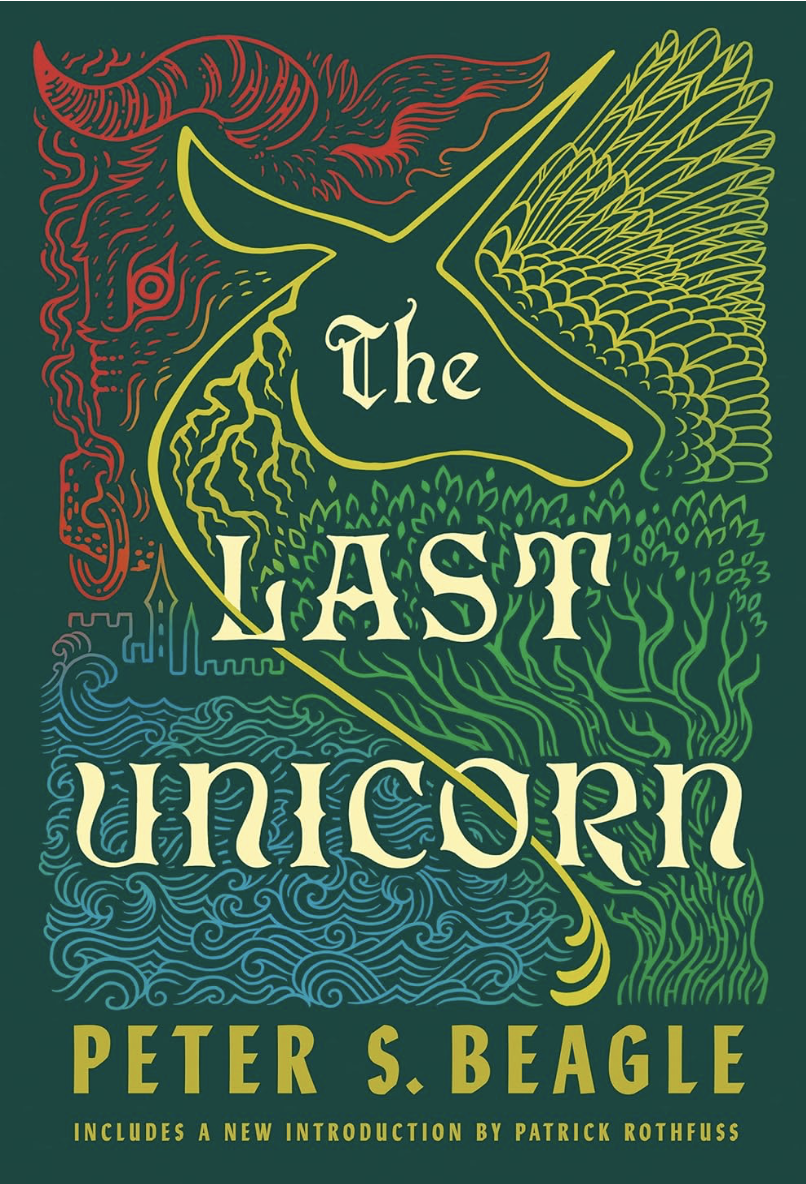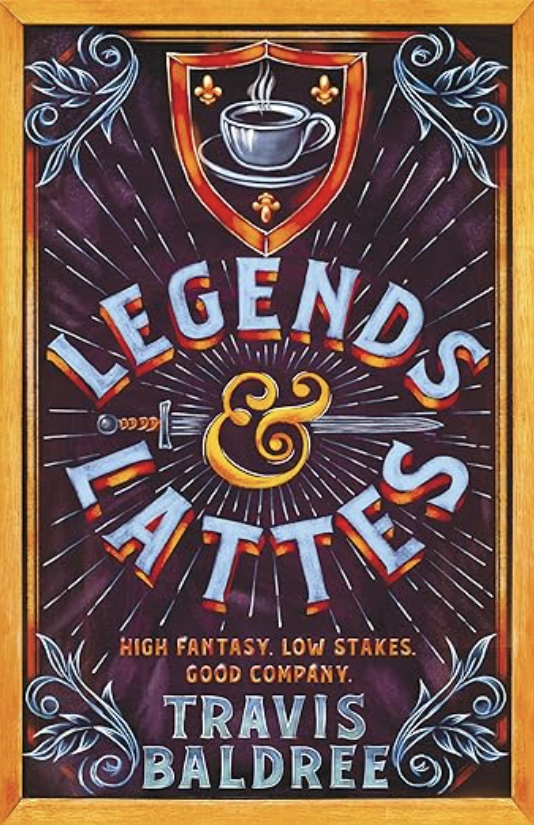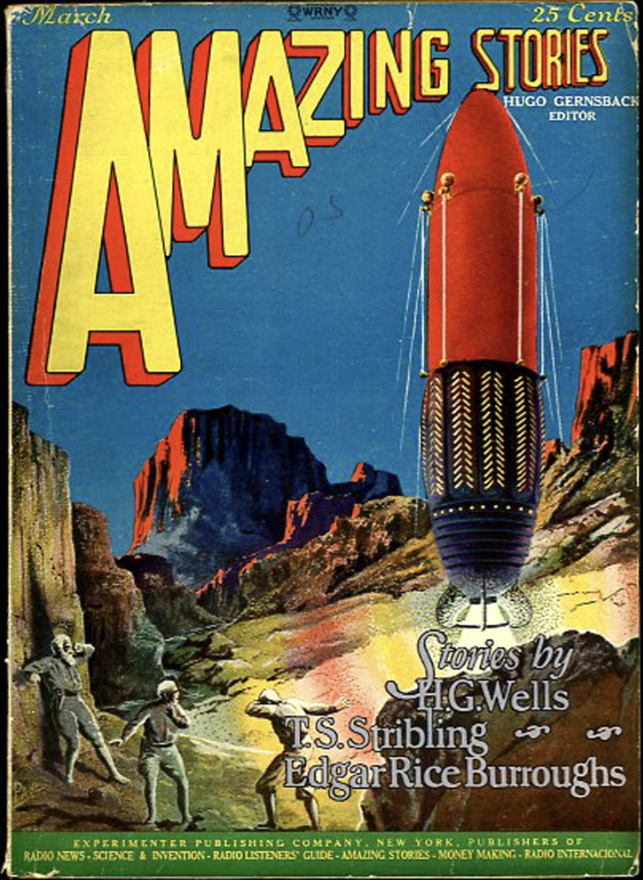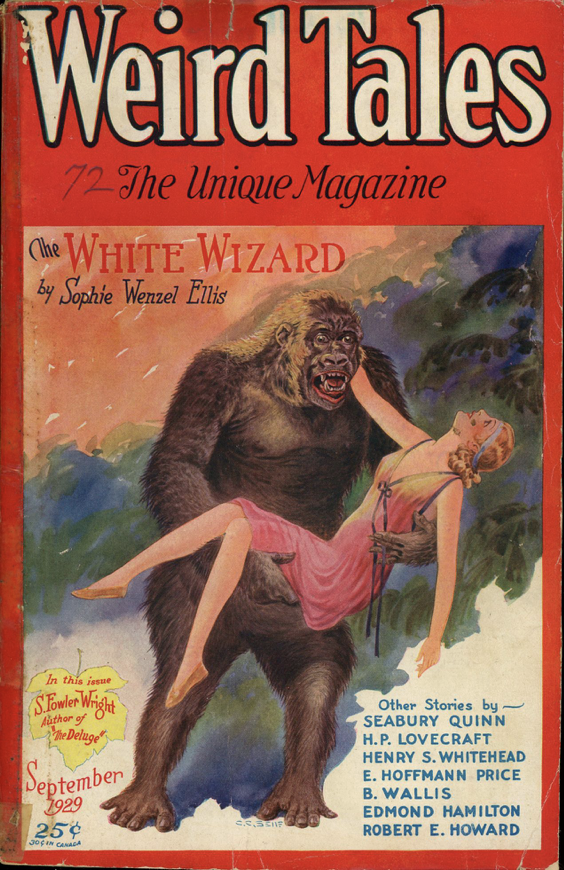The Pulp Magazine Archive is a huge free collection of classic ‘pulps’
I have a pile of pulp magazines that my grandmother collected in the 1930s. They are mostly Astounding Stories Magazines and Weird Tales, with a few other gems mixed in.
They are superb.
However, I am always a tad scared when reading them as I worry they might fall apart and although I haven’t actually checked, they are probably worth millions.
Some of the content I can read elsewhere as they have been collected and published. I am currently rereading HP Lovecraft’s At the Mountains of Madness and just bought the collected works of Robert E Howard – two writers that were heavily associated with pulp magazines, as you can see in the picture.
What are pulp magazines and why are they so famous?
Great question! Grab your fedora, light a cigar, and let’s get into it.
Pulp magazines were collections of stories that explored a variety of themes. They were fantastical, adventurous, a little naughty at times, or downright terrifying. Named for the low-quality pulp paper they were printed on, pulps were cheaply produced periodicals that had a profound impact on popular culture and the development of genre fiction.
The story begins in the late 19th century. A mixture of education and boredom brought about by the success of the industrial revolution fuelled a voracious appetite for cheap, disposable entertainment. Something that hasn’t really changed.
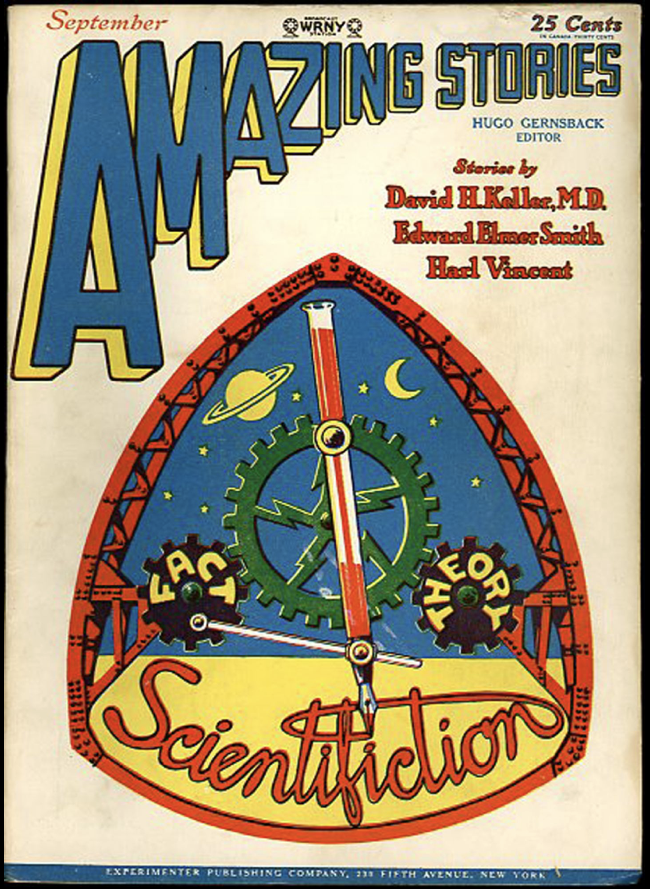 The dime novel, a precursor to pulp magazines, satisfied this craving with lurid tales of high adventure and steamy romance. However, it wasn’t until the 1920s that the true pulp era began, with the debut of titles like Amazing Stories (1926) and Weird Tales (1923).
The dime novel, a precursor to pulp magazines, satisfied this craving with lurid tales of high adventure and steamy romance. However, it wasn’t until the 1920s that the true pulp era began, with the debut of titles like Amazing Stories (1926) and Weird Tales (1923).
Amazing Stories was founded by the science fiction trailblazer Hugo Gernsback. It was the first magazine devoted to the genre and introduced avid readers to mad scientists, interplanetary travel, and time machines.
Gernsback even coined the term ‘scientifiction’ – which didn’t catch on – but morphed into the more popular ‘science fiction’. Which did.
Weird Tales catered to those with a taste for the macabre. This dark and sinister magazine featured early works by horror icons like H.P. Lovecraft, Clark Ashton Smith, and Robert E. Howard. I am a huge Conan fan, and back in the day, the feisty barbarian was always up against some dark horror or cult. The magazine’s pages were filled with eldritch monsters, sword-wielding barbarians, cosmic entities, and ancient gods. Great stuff.
The pulp market exploded in the 1930s with the arrival of magazines like Astounding Stories (1930) and its influential editor John W. Campbell. Campbell played a huge role in the ‘Golden Age of Science Fiction’ as he introduced us to the likes of Isaac Asimov, Robert A. Heinlein, and Arthur C. Clarke.
The pulps mostly ended in the 1950s but evolved into magazines like The Twilight Zone, Vampirella, and Starburst. Magazines like Interzone continue to promote and showcase talents like J.G. Ballard, William Gibson, and China Miéville.
What is the Pulp Magazine Archive?
 I only recently came across the Pulp Magazine Archive, but it is pretty much as it sounds. A vast archive of pulpy goodness. It has all the magazines mentioned above and tons more. Including a few I had never heard of before.
I only recently came across the Pulp Magazine Archive, but it is pretty much as it sounds. A vast archive of pulpy goodness. It has all the magazines mentioned above and tons more. Including a few I had never heard of before.
This veritable treasure trove can be found by clicking on this link.
Enjoy!








